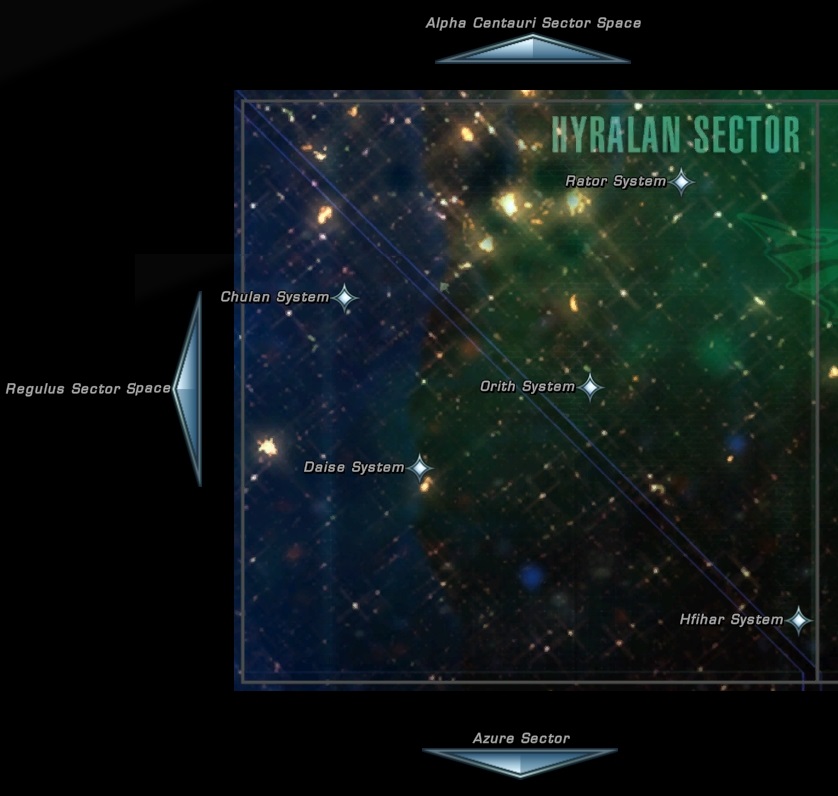



real beaver pelt and/or beaver trap, scraps of commercial felt, or images of beaver fur and hats.images from fashion catalogs from the mid-1800s.This decline leads students to the essential question and they can begin working with the clues to make hypotheses. Students would see a significant decline in the population during exploration and settlement. The presentation could end with figures about the number of beavers estimated to be in North America from European settlement to today (see links below). The dams also keep summer rains and resulting erosion in check. The water level in these ponds is constant, encouraging the growth of vegetation that supports many other types of animals. This would include the fact that beavers maintain dams that create ponds. Give a short presentation about the American Beaver. Anticipatory Set: Begin by employing a student’s knowledge of science and ecosystems learned earlier. Students are presented with the following problem: Why did the American beaver almost become extinct in 1840? Write the question on the board so it is visible throughout the activity.

For example, if one group understands there is a connection between the mountain men and the beaver yet they also think the railroads had a role in the problem, do the clues support or refute these ideas? Remind students they are like historians looking at information to form a hypothesis, test it, and arrive at a conclusion. The goal is to test each group hypothesis and arrive at the best conclusion. Are they logical based on the clues? Do they make sense? Write group responses on the board so students can track their findings as they move through the evidence. In a whole group, have small groups share their hypotheses and evaluate them. Students can use the Mystery Writing Guide Worksheet to record ideas. The goal is for students to work with the clues and arrive at their own hypothesis. As students analyze the clues and arrive at a hypothesis, use guiding questions such as, “Tell me how the two things relate” and “What’s your reason for thinking that?” to keep students focused on solving the mystery. Once the clues are sorted, students begin to work on their hypothesis. Students read through clues and sort them according to common elements. Teachers should read through materials to pull clues that fit students’ needs and abilities.ġ. See examples of clues for additional clues.
MYSTERY OF HISTORY INTEGRATION GUIDE MAP TREK HOW TO
Decide how to present the clues to students (strips of paper within envelopes at stations, single sheets of paper for them to cut apart, etc.). If using small groups, keep individual needs in mind such as reading levels, ability to work with others, and Individual Education Plans (IEPs). The learning goal is about what it takes to arrive at a hypothesis rather than ending up with a right answer. Students should not be afraid of making guesses or presenting ideas to the larger group. Though they may be encountering names in the clues for the first time, making educated guesses is an essential ingredient to the mystery strategy. Maps indicating trade routes should confirm this conclusion. For example, if students are given a clue regarding the habitat and species characteristics of the beaver and then also told John Jacob Astor was the wealthiest man in America in 1848 it is hoped they conclude that Astor’s wealth had something to do with the beaver. These sources should pique students’ interest and provide them with clues that will help them generate theories. Gather primary and secondary sources that will serve as clues for students such as letters, diary entries, maps, statistical tables, political cartoons, images, artifacts for students to touch (in this case beaver fur or felt), and web articles. Data should tease the student without revealing too much.Ģ.


 0 kommentar(er)
0 kommentar(er)
